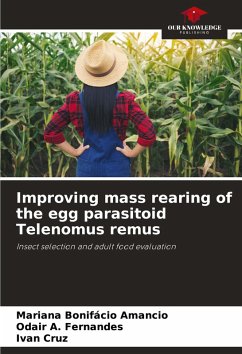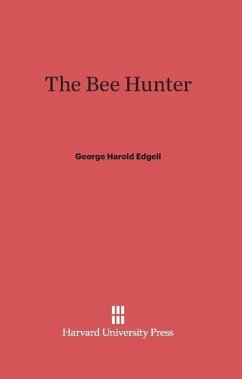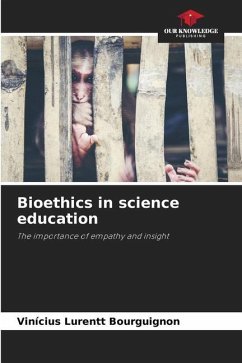
Interactions between bee and parasitoid: behaviour and manipulation
Research and teaching using the trap-nest technique
Versandkostenfrei!
Versandfertig in 6-10 Tagen
18,99 €
inkl. MwSt.

PAYBACK Punkte
9 °P sammeln!
The solitary bee investigated in this work is Centris analis, an oil collector that nests in pre-existing cavities. In order to facilitate its nesting, the University of São Paulo, Ribeirão Preto Campus, developed the technique of trap-nests, made from cardboard, which we will learn more about from now on. This paper shows the results of research using this technique, relating behaviours considered atypical in C. analis females with the parasitoid Physocephala, after its role as a bee host was confirmed. A total of 26 females and 9 males were found dead inside empty trap nests. Weeks later, ...
The solitary bee investigated in this work is Centris analis, an oil collector that nests in pre-existing cavities. In order to facilitate its nesting, the University of São Paulo, Ribeirão Preto Campus, developed the technique of trap-nests, made from cardboard, which we will learn more about from now on. This paper shows the results of research using this technique, relating behaviours considered atypical in C. analis females with the parasitoid Physocephala, after its role as a bee host was confirmed. A total of 26 females and 9 males were found dead inside empty trap nests. Weeks later, dipteran insects from the Conopidae family (Physocephala) were found inside the tubes containing the bees. Where did these insects come from, if until a few days ago there was only the bee in the closed tube? It was also possible to demonstrate that the trap-nest is a teaching/learning tool that has broken through the boundaries and walls of the university, showing evidence and revealing an opportunity for the teacher who investigates and the researcher who teaches.














